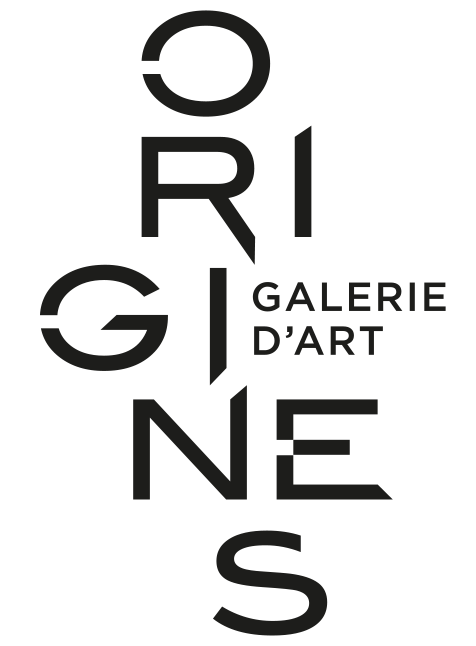LARCHE Raoul
LARCHE Raoul
Raoul Larche is the son of Guillaume Larche, an ornamental sculptor and cabinetmaker, and Thérèse Lansade. His brother, Nicolas-Édouard Larche, is an architect.
After passing through the École nationale supérieure des arts décoratifs, he was admitted to the École nationale supérieure des beaux-arts de Paris where he was a student of François Jouffroy, Auguste Dumont, Alexandre Falguière, Jean-Léon Gérôme and Eugène Delaplanche.
He made his debut at the Salon des artistes français in 1884 and exhibited regularly until 1911. In 1886, he was awarded the second Grand Prix de Rome for sculpture. That year, the subject of the competition was Tobie taking the fish out of the water.
He received a third class medal in 1890, a first class medal in 1893, a gold medal at the Universal Exhibition in 1900 and a medal of honor in 1910.
François-Raoul Larche is one of the many artists to have been influenced by the American dancer Loïe Fuller: the lamp of 1901 inspired by the dancer, by its evocative power, classifies him among the sculptors who broke with the academic art and ensured him a great notoriety. Thus he created many art objects and decorative pieces in bronze and pewter (lamp, vase, chandelier, decorative cups...) which were published by the art foundry Siot-Decauville in Paris. He also produced several religious statues such as Joan of Arc in the church of Gagny or Saint-Antoine in the Church of Saint-Antoine-des-Quinze-Vingts in Paris.
He was a member of the jury of the École des Beaux-Arts de Paris and of the Salon des Artistes Français, and in 1904 he joined the committee of the Société des Artistes Français. He was made an officer of the Legion of Honor on May 16, 1910.
While his studio was located at No. 6 rue Mornay in the 4th arrondissement of Paris, he often resided in Seine-et-Oise in Coubron, where his house still exists.
On June 3, 1912, he was hit by a car while walking on the arm of a friend in the streets of Lagny. Transported in a coma to a Parisian health institution at no 60 rue Violet in the 15th arrondissement of Paris, he died the same evening. After the funeral ceremony at the Notre-Dame-d'Auteuil church, the body was transported to Coubron where the burial took place. His grave, located in the cemetery of the commune, is surmounted by a reproduction of one of his statues. The commune had a commemorative monument erected in the park of the town hall: it is decorated with his bronze group
The Fauns. In addition, the commune of Coubron owns several other works by the artist (Buste de Mme Larche9, Éphèbe, Oreste.
In 1920, the Salon des artistes français organized a retrospective exhibition of his work at the Grand Palais in Paris.
His widow offered to donate her husband's works to the city of Bordeaux on condition that a Raoul-Larche room be created in the Musée des Beaux-Arts. This room, inaugurated on December 5, 1921, was removed in the early 1930s, a period during which Art Nouveau had fallen completely out of favor with museum curators.
On June 14, 1937, all of the pieces from Raoul Larche's studio were put up for sale at the Hôtel Drouot in Paris.
The square in the town hall of Saint-André-de-Cubzac was named after him, as well as an avenue in Coubron and Saint-Médard-en-Jalles.








